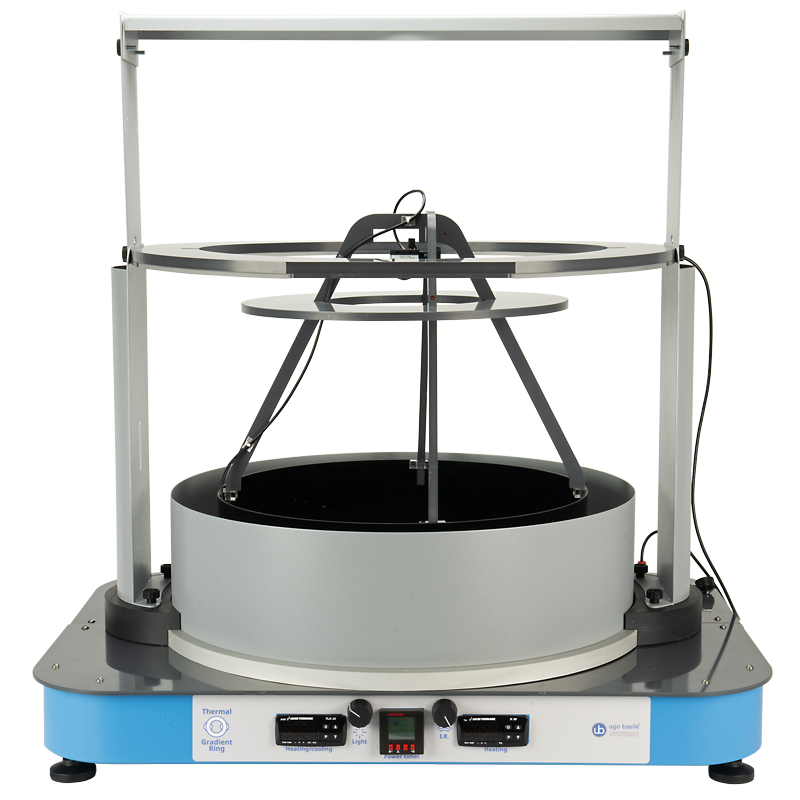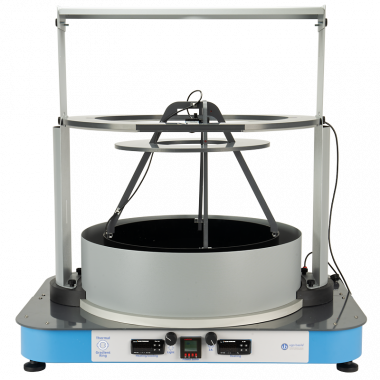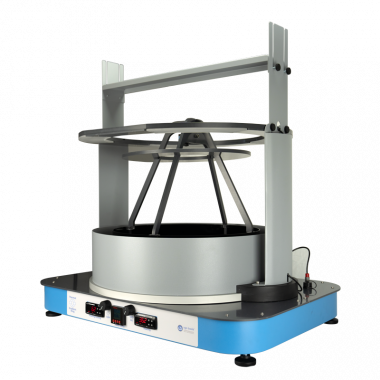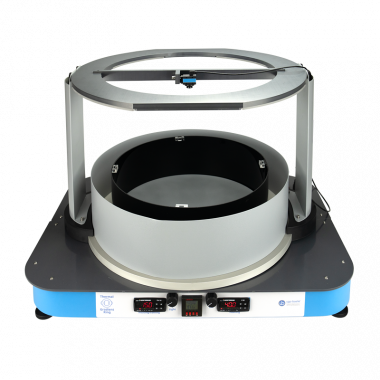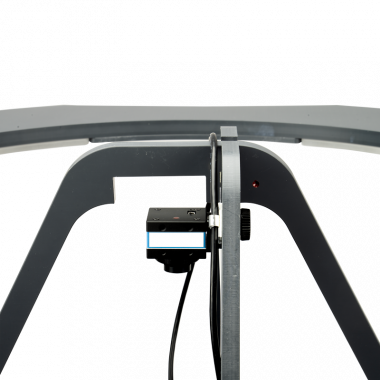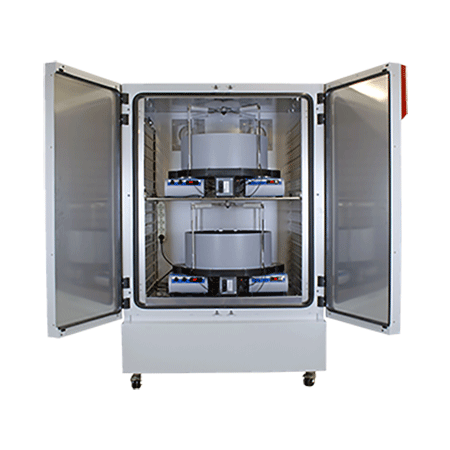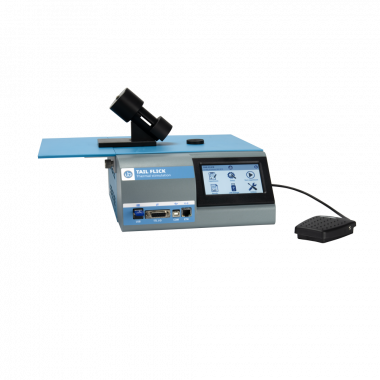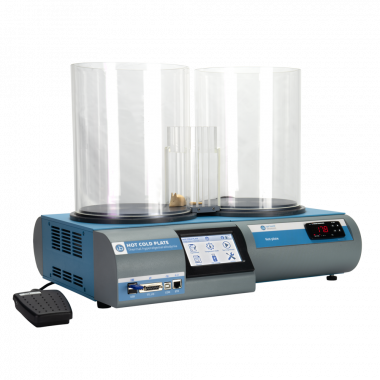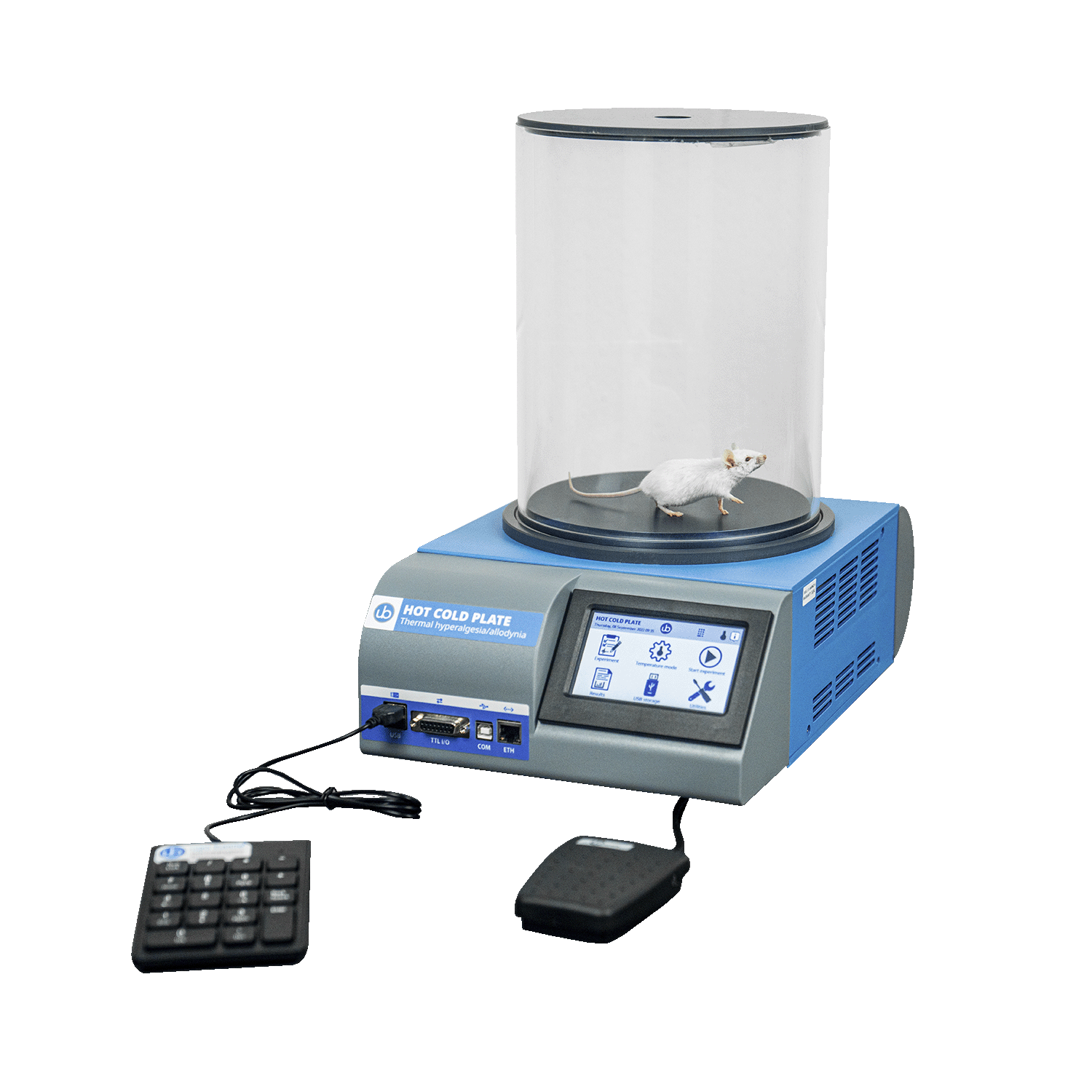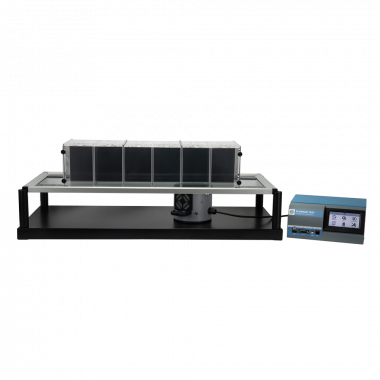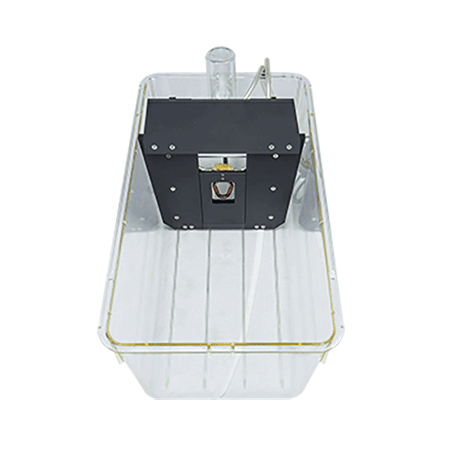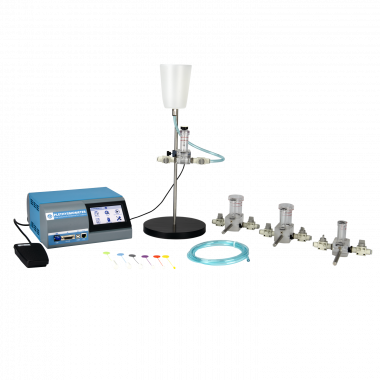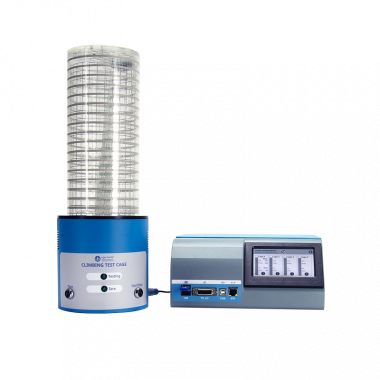M. Tominaga, T. Ujisawa, J. Lei, M. Kashio, 2024, "Thermal gradient ring for analysis of temperature-dependent behaviors involving TRP channels in mice", The Journal of Physiological Sciences
M. Tominaga, J. Lei, R. U. Yoshimoto, T. Matsui, M. Amagai, M. A. Kido, 2023, “Involvement of skin TRPV3 in temperature detection regulated by TMEM79 in mice”, Nature Communications
L. Valek, B. Ngoc Tran, I. Tegeder, 2022, "Cold avoidance and heat pain hypersensitivity in neuronal nucleoredoxin knockout mice", Elsevier
M. Tominaga, S. Sasajima, M. Kondo, N. Ohno, T. Ujisawa, M. Motegi, T. Hayami, S. Asano, E. Asano Hayami, H. Nakai Shimoda, R. Inoue, Y. Yamada, E. Miura Yura, Y. Morishita, T. Himeno, S. Tsunekawa, Y. Kato, J. Nakamura, H. Kamiya and 2022, "Thermal gradient ring reveals thermosensory changes in diabetic peripheral neuropathy in mice", Nature
Y. Xue, M. Kremer, M.del Mar Muniz Moreno, C. Chidiac, R. Lorentz, M.C. Birling, M. Barrot, Y. Herault and C. Gaveriaux-Ruff, 2022, "The Human SCN9AR185H Point Mutation Induces Pain Hypersensitivity and Spontaneous Pain in Mice", Frontiers in Molecular Neuroscience
T. Ujisawa, S. Sasajima, M. Kashio and M. Tominaga, 2022, "Thermal gradient ring reveals different temperature-dependent behaviors in mice lacking thermosensitive TRP channels", The Journal of Physiological Sciences
L. Valek, B. Tran, A. Wilken-Schmitz, S. Trautmann, J. Heidler, T. Schmid, B. Brüne, D. Thomas, T. Deller, G. Geisslinger, G. Auburger, I. Tegeder, 2021, "Prodromal sensory neuropathy in Pink1−/−SNCAA53T double mutant Parkinson mice", Neuropathology and Applied Neurobiology
A. Bertamino, C. Ostacolo, A. Medina, V. Di Sarno, G. Lauro, T. Ciaglia, V. Vestuto, G. Pepe, M. Giovanna Basilicata, S. Musella, G. Smaldone, C. Cristiano, S. Gonzalez-Rodriguez, A. Fernandez-Carvajal, G. Bifulco, P. Campiglia, I. Gomez-Monterrey and Roberto Russo, 2020, "Exploration of TRPM8 Binding Sites by β‑Carboline-Based Antagonists and Their In Vitro Characterization and In Vivo Analgesic Activities", Journal of Medical Chemistry
Z. Winter, P. Gruschwitz, S. Eger, F. Touska and K. Zimmermann, 2017, "Cold Temperature Encoding by Cutaneous TRPA1 and TRPM8-Carrying Fibers in the Mouse", Frontiers in Molecular Neuroscience
F. Touska Z. Winter, A. Mueller, V. Vlachova, J. Larsen and K. Zimmermann, 2016, "Comprehensive thermal preference phenotyping in mice using a novel automated circular gradient assay" Journal Temperature

